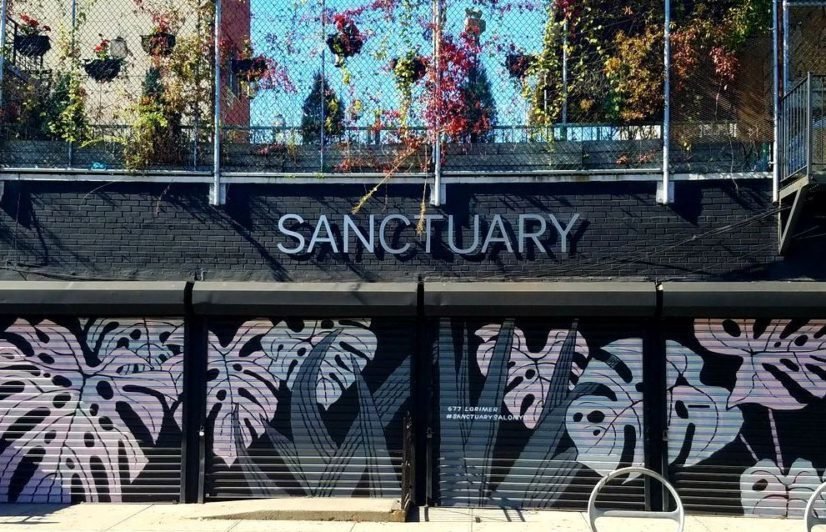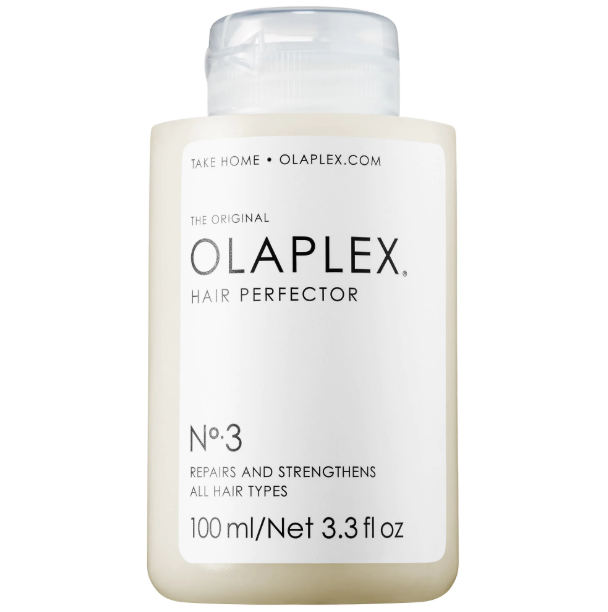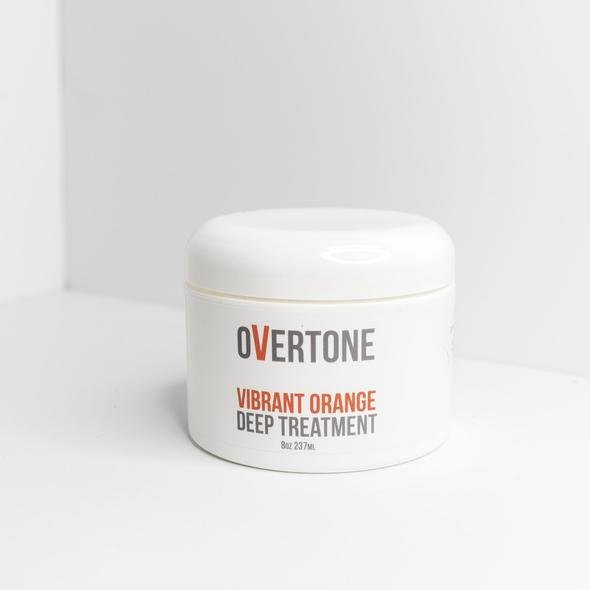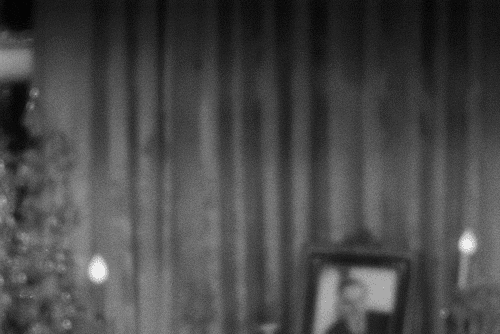Though I'm a naturally dark, ashy brunette, I have always felt most like myself as a redhead; I am a rising Scorpio, after all.
And that's a big freaking bummer, because red is scientifically the hardest hair color to prevent from fading, which means keeping it looking fresh and natural can take a serious toll on hair health — I should know, I've murdered my hair from scalp to ends multiple times in my 20-something years on Earth just trying to keep my roots vibrant.
Two years ago, I started dying my hair black to force myself to stop trying to lighten it, and it worked. Out of pure fear of damage, I stopped messing around with my hair long enough to grow it from jawline to shoulder; this spring I realized it was longer and healthier than it's been since I was in high school.
At that point, though, I couldn't shake the feeling that I just needed my red hair back, split ends be damned. So, I concocted a plan to lift all the black dye out of my hair and keep it red long term — and it worked.
At the beginning of my journey (May), my hair was as black as it could possibly get — I'd been dying it every ~four months for just over two years.
Not only did I find that black hair dye was much less taxing on my roots than red, I also just really enjoyed looking like a gothic vixen. But it was time for a change.
I knew just getting from black to brown was going to be a risk for my hair's health, so I went to my go-to Sanctuary Salon in Brooklyn to ask if going red was even possible at my hair's then-healthy status.

Making a hair change this risky and drastic, mind you, 100 percent requires help from a professional. Sorry not sorry for sounding like your mom.

I can speak from a lifetime of using drugstore hair bleach — you will not save that much money by skipping the salon because you'll have to buy a lot more product to correct your own mistakes or deep-condition the ends a box dye ruined for good.
Save your coins. Find a consistent hairdresser you trust and creatively vibe with. You will not regret it.
My hairdresser's verdict? Returning from black was, indeed, possible — but it would take a lot of time, patience, care, and money.
And that's always the case when it comes to drastically lightening hair, or switching from one unnatural hair color to another. Hair color isn't so damaging to the hair when it's applied gradually over time.
And this is the point at which I get really, really real about budget. These highlighting sessions were not a press courtesy; I paid for them with my own money — a lot of it. Highlights from a reputable stylist (in New York City) cost a couple hundred bucks a pop, and that'll take a massive toll on any average person's budget.
When I say making a drastic hair change is a commitment, the budgetary aspect is part of that. I saved up for months (and had to save money in between appointments) to make this happen. So if you want to make healthy hair change, make sure you a) really want it, and b) give yourself enough time to prepare in advance.
The first small baby step from black toward red was what's called a "half highlight," which is pretty much just hand-painted highlights focused on the bottom and front of the hair. It left me with a dark yet warm brown that was still so dark most people didn't realize I'd changed my hair.
Why only half highlights? My hairdresser wasn't sure how much my hair would lighten on the first try — that was her very smart way of easing my hair into the lightening process and making sure my ends didn't get shredded in the process.
I also got a trim, because hair rarely ever looks good post-dye without one.
I wouldn't go back to the salon for another six weeks; I knew I needed to take extra good care of my hair until then. That's where Olaplex No. 3 Hair Perfector ($28, Sephora) comes in.

Olaplex, for those of you that don't know yet, is a series of "bond maintenance" formulas that hairdressers put in lighteners to prevent hair damage. No. 3 is the version that hairdressers recommend using as a conditioner before and after dye jobs to keep ends from fraying.
There's not much else I can say about it other thank this: It fucking works, OK?
Whenever I had a bottle on hand, I'd leave Olaplex No. 3 in my hair for five minutes pretty much any time I got it wet. As advertised, it left my hair feeling silkier than it did pre-highlights.

Olaplex. No. 3 would remain a constant throughout this entire hair journey. I'm still using it religiously. I literally can't quit it.
At the end of July, after lots of intense hair conditioning, avoiding heat styling, and hiding from the New York City humidity, I went back to Sanctuary for another round of half highlights. That's when I finally saw progress — a lot of it.
After the second round of half highlights, my hairdresser put a copper-colored toner in my hair, which gave me that little pop of red I'd been craving all year. At this point, everything that was left near my roots was virgin hair.
And, of course, I got another significant trim. In the process of lightening my hair, I lost a solid few inches off the bottom of my hair.
I gave myself another six weeks of hair recovery before booking the Big Kahuna — the first full highlight — for early September. This one was nerve-wracking, thanks to that virgin hair.

Hair that's never been colored before is far more sensitive to lighteners than hair with dye in it. I feared that because some of my hair had already been lightened and some hadn't been, a full highlight would leave my hair completely uneven, lighter on the top than on the bottom.
But hey, that's why I hired a professional, yeah?
But my colorist pulled the hell through and, in about two hours, managed to take me from this:
To THIS:
This the combined efforts of allover hand-painted highlights plus an extremely vibrant red toner, which will fade over time with shampoo.
SHE. DID. THAT.

To keep that red hue intact, I made some major switches to my hair routine — most important, I'm not shampooing nearly as much as I used to.
This is crucial not just for maintaining hair color, but for keeping my hair looking healthy. Shampoo, when overused, strips all the natural oils out of the hair — especially if your shampoo is full of parabens and waxes like most drugstore ones are.
I'm trying to only shampoo twice a week — when I do, I use Olaplex's new shampoo and conditioner ($28 each, Sephora).
I'll have to see my colorist for a toner refresh every month or so, but Overtone's Vibrant Orange Deep Treatment ($28, Overtone) will keep my hair looking freshly dyed between appointments without damaging my hair.

Overtone is what's known as a "color depository," which is kind of like a deep conditioner with pigments in them; they don't contain any of the chemicals or developers that make dyes damaging.
This stuff is super potent, though — I only really need to apply it for a few minutes once every couple of weeks.
Is my new hair a lot more high-maintenance than it was before? Hell yes. Do I regret changing it?

NOT ONE BIT.




